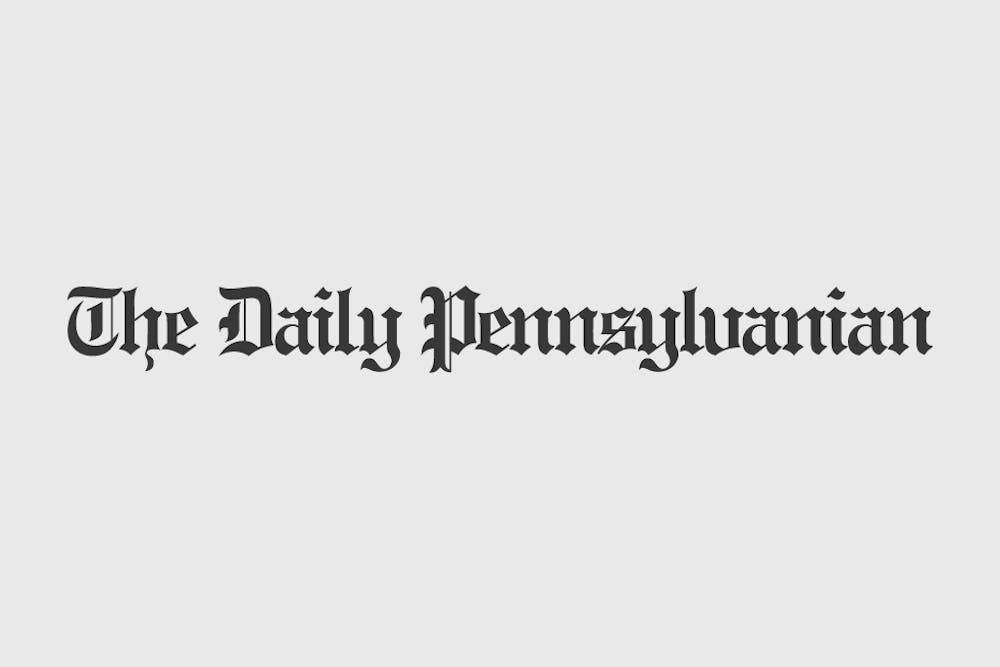On Feb. 26, the University announced another tuition increase for undergraduate programs. This marks the sixth consecutive year that the tuition has been raised by 3.9 percent. However, if one looks at the past 10 years, there is a consistent upward trend among all the Ivies — except for 2009 when tuition went down — which doesn’t look as if it will change anytime soon.
“The basic problem is that there are virtually no incentives to keep costs down,” said Richard Vedder, director of the Center for College Affordability and Productivity at Dartmouth. “There are many positive benefits to it — you can raise more money, hire more assistants, university presidents get a big hunk of money, keep alumni happy, keep students happy.”
This isn’t a new issue, either. Two years ago, Graduate School of Education professor Joni Finney, who researches higher education finance, told The Daily Pennsylvanian that “It is very hard to see any rational policy basis underneath it at all besides, ‘Let’s get more and more money, let’s spend more and more money and if we have a problem in future, we’ll deal with it in the future.’”
However, the Penn administration has made clear that along with Penn increasing tuition, the University has also allocated more to its financial aid. The financial aid budget has increased an average of 8.3 percent over the past 10 years.
From 2003-12 the average rise in tuition throughout the Ivies was 4.19 percent, of which Penn was the second lowest behind Harvard. Yet if tuition continues to rise as it has been, then the cost of tuition 10 years from now will be close to $95,000. Meanwhile, the inflation rate in the United States has been rising an average of 2.13 percent, just a little over half the rate at which tuition has been increasing.
As Finney says, “Costs keep rising, and at some point even an extremely wealthy institution like Penn is going to have to come out and say that enough is enough.”
A major problem with the tuition increases is that Penn simply tells students and their families that it goes towards University costs, without any sort of transparency. How much of tuition is going to facilities upkeep? To pay professors’ salaries? How much is being directed to the President? While Penn is a private institution, questions like these should be answered. We do not think it wrong that an institution be more forthright about its operating budget and what our tuition is actually being used to for.
The issue of fees is representative of the University’s lack of transparency when it comes to costs for students. While the General Fee is understandable, there are serious questions about the others.
The Recreation Fee, whereby “Undergraduate students enrolled full-time are automatically members of Pottruck Center” for $348 is unnecessary. While it is great that the University wishes to promote physical health and wellness for its students, a mandatory fee is not the way to do it. There are students who live off campus and going to Pottruck is more of a hassle for them. Other students may just decide they don’t wish to exercise at a gym. Forcing those students to pay a fee they will never use is not acceptable. Perhaps the University could provide this fee similarly to the Meal Plans: If you choose to take the option, you pay for it; otherwise you find an alternative.
Also of concern is the Educational Technology fee. The Student Financial Services website claims that “This fee assists with the cost of computer labs and services and is $766.” Here too more transparency needs to be in effect. What computer labs and services? Is AirPennNet included in this? Again, if a student never uses the computer labs, why are they being assessed a fee for them?
The Student Health Clinical fee is a $514 mandatory fee which “gives students unlimited access to Student Health Service.” Again, this seems like a misappropriation. Given that students must have insurance to attend the University, whether through PSIP or another provider, this fee seems to simply exist for the purpose of entering the doors of SHS. No hospital charges you just to enter their doors.
The rising cost of tuition is something that needs to be addressed by everyone involved — from the Administration to students to parents. Costs cannot continue to rise without some sort of breaking point, where costs exceed the abilities of those to pay — even those receiving generous support from financial aid. Part of this discussion needs to be transparency in the costs of attendance. It’s time to stop blindly paying tuition and multiple, superfluous fees without asking what they are being used for and if they are even necessary to begin with. Perhaps we need to put a moratorium on tuition.



